|
When you visit the lakeshore come prepared for a variety of weather, terrain, and unexpected situations. Conditions can change quickly! 
NPS photo. This list is an overview of safety topics in the park and is not exhaustive. If you need more information about a topic or have specific question, please contact us or ask a ranger when you arrive.General Safety

National Weather Service graphic. Beach SafetyThere are no lifeguards present at the beaches within Pictured Rocks. Swim at your own risk. Check the weather and marine forecast for Munising and Grand Marais before heading to the beach. Look for alerts like Beach Hazard Statements. Rip CurrentsRip currents are powerful channels of water that can form near sand bars or structures like piers and jetties. These currents can pull swimmers away from shore, out to the open lake. If caught in a rip current:
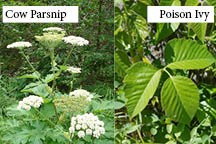
NPS Photos Hiking Safety
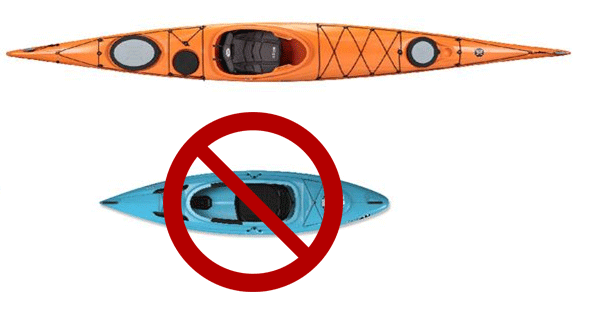
Boating & Kayaking Safety
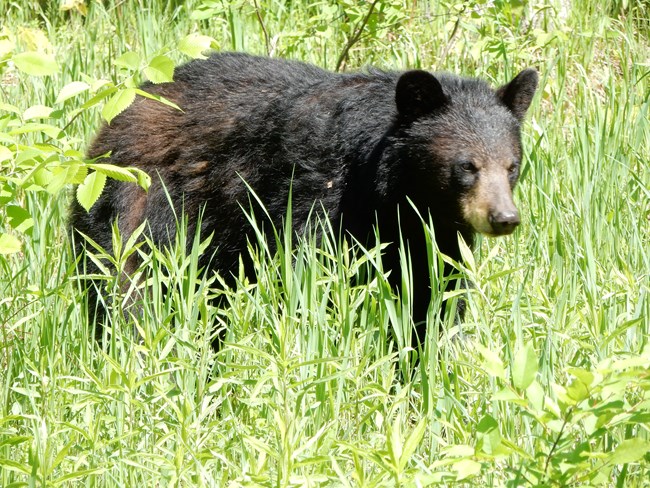
NPS Photo Wildlife Safety
For more information on planning a safe trip to a National Park, see the National Park Service's Health and Safety page!
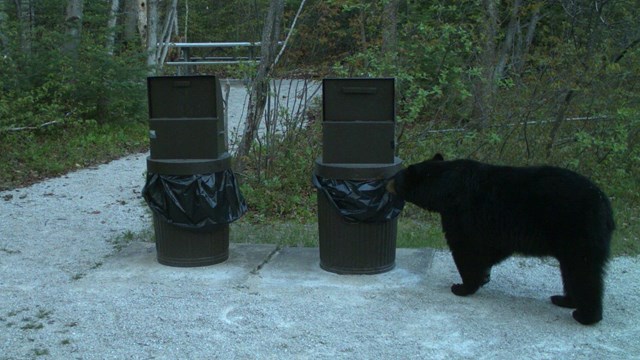
Be Bear Aware
Learn about best practices when recreating around bears. 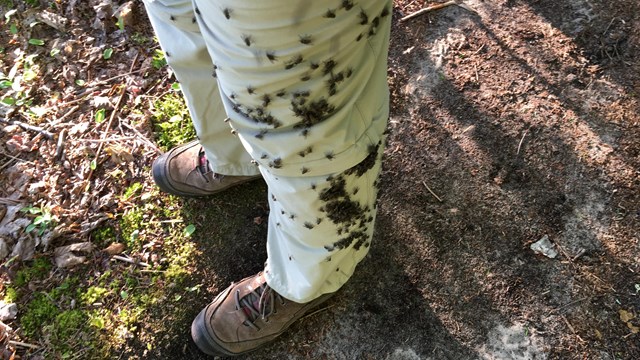
What's Biting Me?!
Biting insects are common at Pictured Rocks National Lakeshore! Don't let them ruin your trip, be prepared! 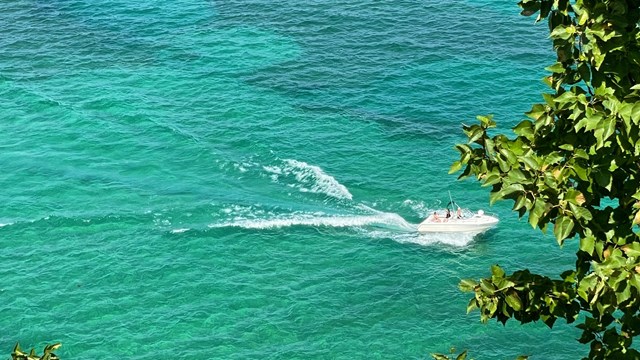
Kayaking & Boating
Do you have the right boat? Looking for boat launches? Check here! |
Last updated: June 11, 2025
